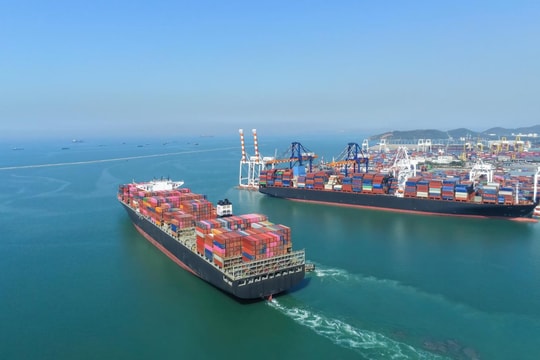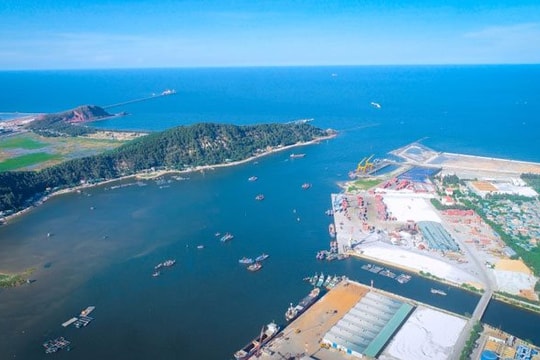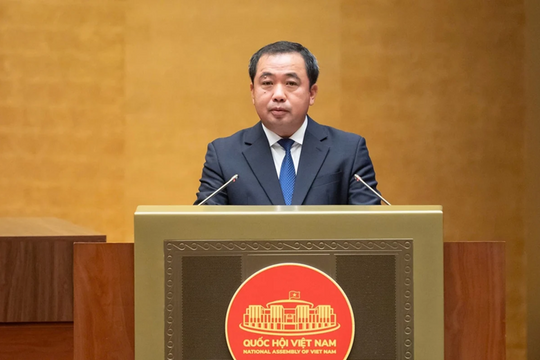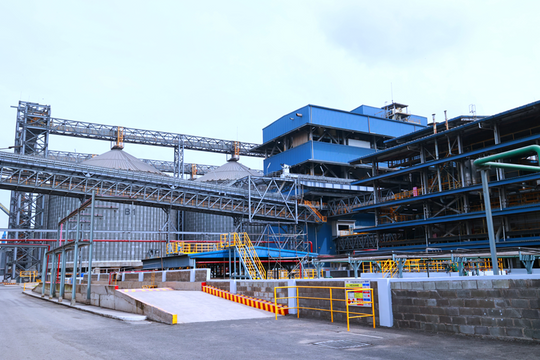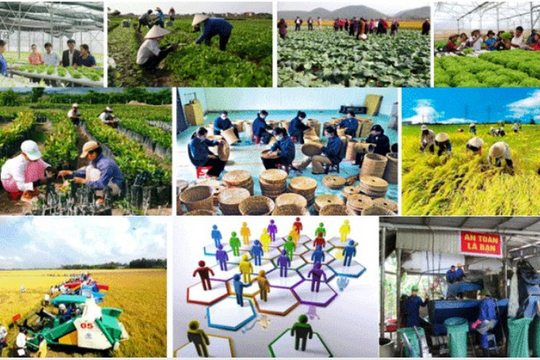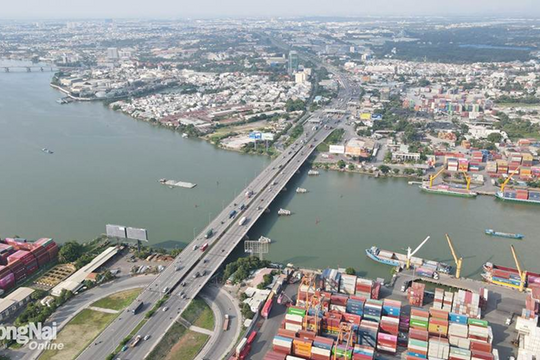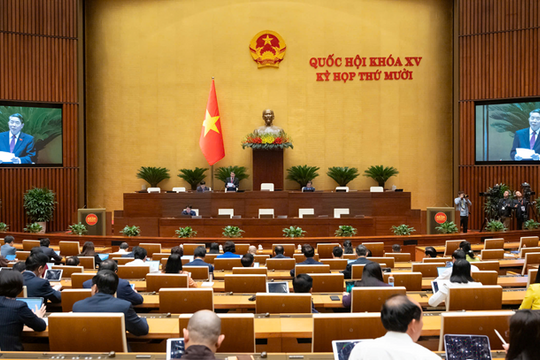As a logistics service provider supporting import-export clients between Vietnam/Cambodia and the U.S./EU, we would like to share our perspective on the implications of U.S. trade policies and effective strategies for navigating them.
How Do U.S. Trade Policies Affect Vietnam?
On April 2, 2025, President Donald Trump announced retaliatory tariffs of up to 46% on imports from Vietnam, citing the need to reduce the bilateral trade deficit. However, following negotiations and proposals from Vietnam, the U.S. decided to delay the enforcement of the full tariff for 90 days, instead applying a baseline rate of 10%.

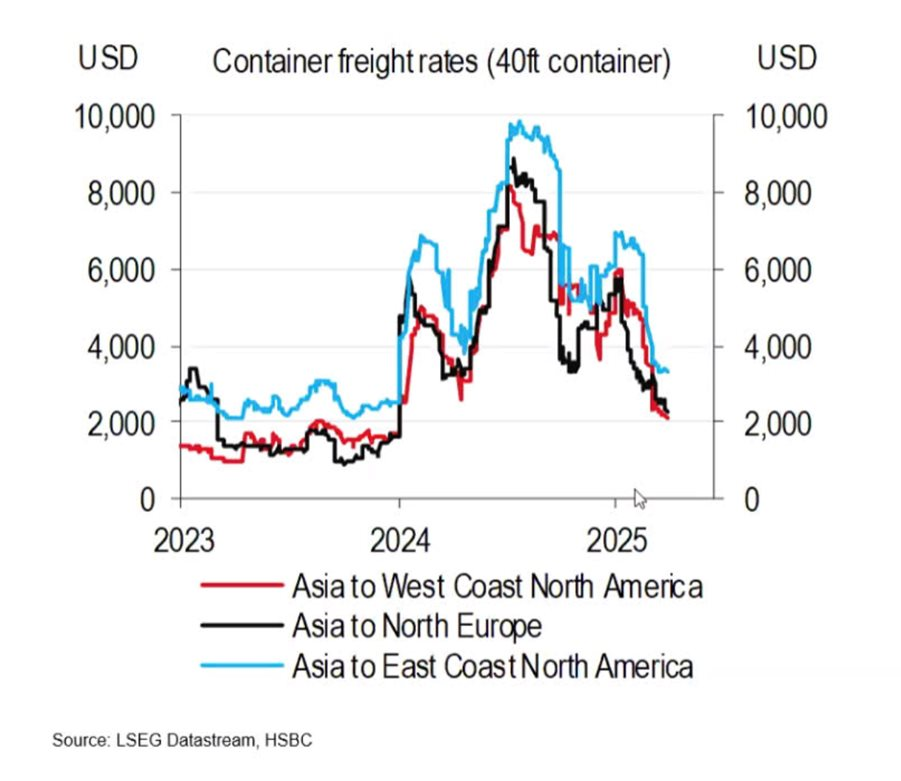
Vietnam is currently the 10th largest trading partner of the U.S., with exports to the U.S. reaching USD 114.4 billion in 2023, primarily in textiles, footwear, furniture, and electronics. If implemented, the 46% tariff would severely impact these industries, exerting significant pressure on supply chains and logistics operations.
.jpg)
.jpg)
Opportunities and Challenges in the 90-Day Window
The 90-day period presents an opportunity for Vietnamese businesses to accelerate shipments by expediting exports of already signed orders before higher tariffs potentially take effect. It also allows time to renegotiate with U.S. partners for more favorable tariff terms and trade conditions. Additionally, there’s a critical need to strengthen origin control to avoid accusations of trade fraud, especially mislabeling Chinese goods as “Made in Vietnam.”
.jpg)
.jpg)
However, the challenges are equally daunting. A sudden surge in export demand may lead to a shortage of logistics capacity, driving up transportation costs. Furthermore, the shift from “Just in Time” to “Just in Case” inventory strategies increases warehousing demand, requiring more flexible and efficient storage solutions.
Strategic Responses from Logistics Providers
To cope with the new circumstances, logistics companies in Vietnam must diversify their service portfolios, offering end-to-end solutions from transportation and warehousing to trade consulting to meet diverse client needs. Investing in technology is also crucial—leveraging digital tools for order tracking, supply chain optimization, and operational management.
Close collaboration with both domestic and international partners will be key to sharing resources, insights, and capabilities. Developing contingency plans is equally essential, as companies must prepare for multiple scenarios, including the possibility of the 46% tariff being reinstated after 90 days.
.jpg)
.jpg)
Insights from President Xi Jinping’s Visit to Vietnam
Chinese President Xi Jinping’s visit to Vietnam on April 14, 2025, took place amid escalating U.S.-China trade tensions. Vietnam, given its unique geopolitical position, has the opportunity to maintain a delicate balance in its relationships with both powers.
Maintaining strong ties with both the U.S. and China not only helps Vietnam avoid being entangled in the trade conflict but also creates favorable conditions for the sustainable growth of the import-export and logistics sectors.
Is Proactiveness the Key?
In the face of unpredictable global trade policies, Vietnamese logistics enterprises must remain proactive and flexible in their business strategies. Making the most of this 90-day tariff reprieve to strengthen capabilities, diversify services, and build lasting partnerships will be the key to overcoming challenges and seizing new opportunities.
As a logistics service provider catering to clients engaged in Vietnam/Cambodia–U.S./EU trade, we are committed to supporting our clients in building resilient, efficient, and adaptive supply chains amid evolving market dynamics.


.jpg)
.jpg)


.jpg)


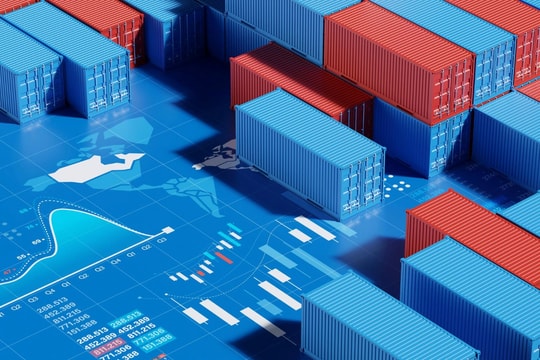
.png)



